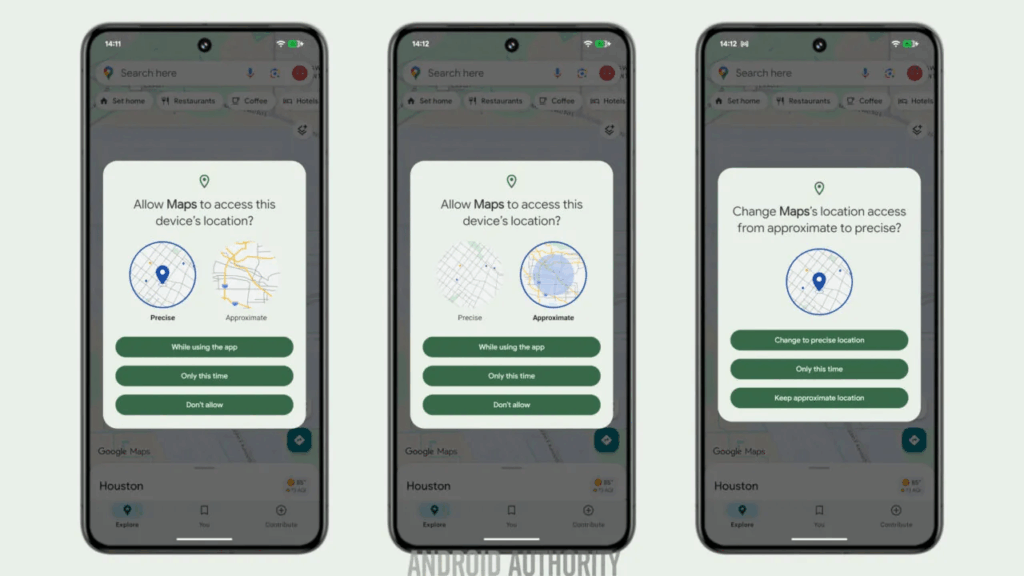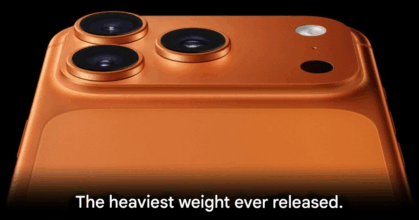
Hello friends, tech enthusiasts and savvy users! With today’s smartphones collecting more data than ever, your location remains one of the more sensitive pieces of information. That’s why Android 16’s new feature, density‑based coarse locations, is a welcome upgrade in privacy.
Usually, when apps ask for “approximate” location access, Android gives them a rough estimate of your device’s position often within a few square kilometers. While broad, this level of accuracy can still risk revealing your exact whereabouts in low‑population zones because there are fewer roads or landmarks, making you easier to identify. Android Authority explains that in rural areas, that “approximate” label often fails to truly protect your identity.
To fix this, Android 16 changes things by checking not just how accurate the location is requested, but also how dense the surrounding population is. If you’re in a sparsely populated region, Android reduces the location granularity further, making it much harder for apps to infer your exact position.
Under the hood this works through a “population density provider” component typically part of system services like Google Play Services. These providers allow the system to assess how populated an area is and adjust the accuracy accordingly.

At present, the feature is flagged in Android 16 builds, but whether it’s fully active across all devices and regions is still uncertain.
From a user’s point of view this is good news. If you live in or travel through remote areas and still care about privacy, this change means that even “approximate” location access becomes significantly less precise making you less identifiable. It’s a positive step toward giving users more control and more protection.
THIS IS OUR SAY: Android 16’s density‑based coarse locations set a strong example in how location privacy should evolve in the mobile era. Go ahead and explore your device settings, because your whereabouts just got a whole lot safer.






